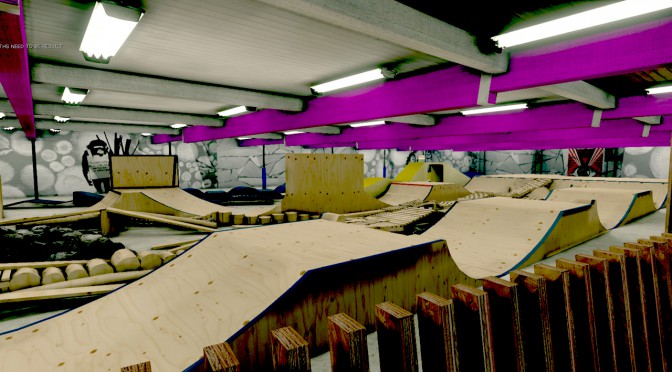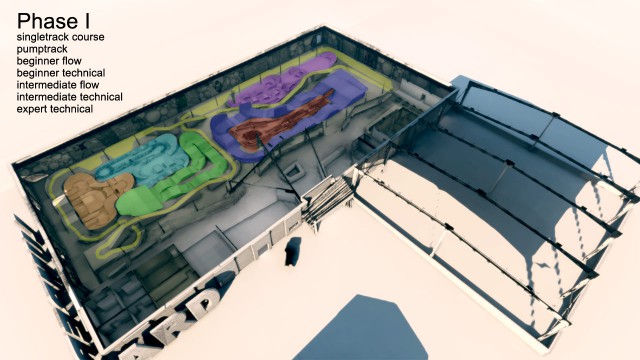
The rendered image of the final version of the velodrome.
This project is the brainchild of Will Heiberg, a former artist and producer at Liquid Development, a design consultancy firm that helped create digital props and environments in games like Halo and Mass Effect 2. Being a big mountain biking enthusiast and former vice president of the non-profit MTB organization Northwest Trails Alliance, he decided to use his skills to build an indoor bike park where anyone can ride as much as they want.
The result is Lumberyard, a 40,000 square foot facility that includes sections for jump training and various trail obstacles of different difficulty levels, catering to absolute beginners and even athletes like Bruce Crisman, a gold medalist at the X-Games, among others.
Using his digital design as a foundation, Heiberg created a preliminary project plan in Autodesk Maya and then brought it to life usingUnreal Engine– popular andadvanced tool for video game development, which combines various functions such as rendering, AI, realistic physics, lighting, and animation. “I will create a previsualization so that we can confidently approach investors and show the entire project.”
Heiberg even had time to program BMX riders to test his virtual park. Moreover, Unreal Engine allows the use of characters with all kinds of weapons to make the game more realistic, but “we didn’t think it would help sell our concept,” he said.
So instead of creating virtual characters, Heiberg hired the real expert Joe Prisel, along with an experienced BMX rider and a builder. They chose Ray’s MTB pioneer closed park in Cleveland, Ohio, USA as the location for the initial trials. Prisel is one of the best designers in this field. He and his partner Matthew Mangus recently opened the construction and design consulting firm fineGRAIN. Together, they worked on bringing Heiberg’s vision to life, taking into account the real skills and abilities of the cyclists.
“Joe has been doing this for over twenty years, so he understands perfectly well how it should be done and how it shouldn’t,” Hayberg said. “For example, when it comes to tabletop jumps, ‘they used to build the ramps first and then try jumping on them. Once the jump seemed perfect, they would start filling in the space between the ramps.'”
“We rejected a bunch of interesting ideas that seemed very intriguing,” Hayberg agrees. “For instance, in my opinion, it would be nice to have the ramp offer three different jump options depending on how good your skill is. And for each of these options, the edge would need to be slightly further. However, Joe convinced me that there should be enough space on each side for maneuvering because it’s quite difficult to ride on narrow sections – the cyclist becomes very vulnerable. The likelihood of making a mistake would greatly increase.”
Heiberg plans to occupy Prisel with work for some more time. At the moment, there are plans to expand the park by 200,000 square feet, and every few months Heiberg and his team will move obstacles from one place to another. “This is to keep it interesting and fresh,” says Heiberg. Thanks to his efforts, Lumberyard remains an amazing place where local BMX celebrities like Paddy Gross and Brad Tibbet can have a drink at the bar and chat with those who are just starting to master the intricacies of mountain biking and motocross.
“Yes, all these obstacles may seem elaborate, but there’s no need to be afraid,” says Heyberg. “Just let me know if you want to go down – I’ll ride with you. I want to create a community where everyone can ride side by side with each other.”
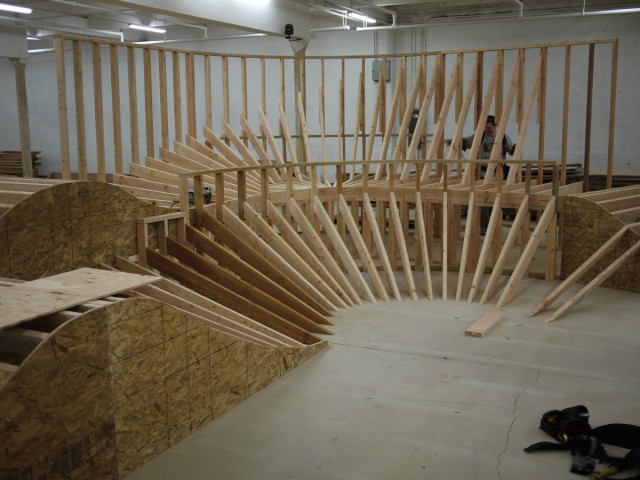
framework of the velodrome elements
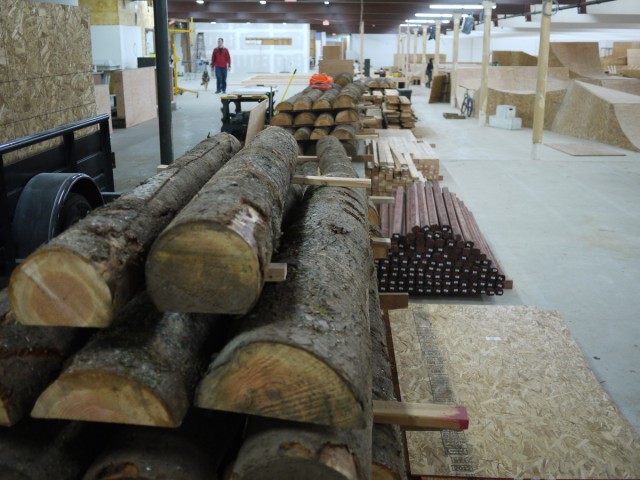
They made a bike track out of this tree.
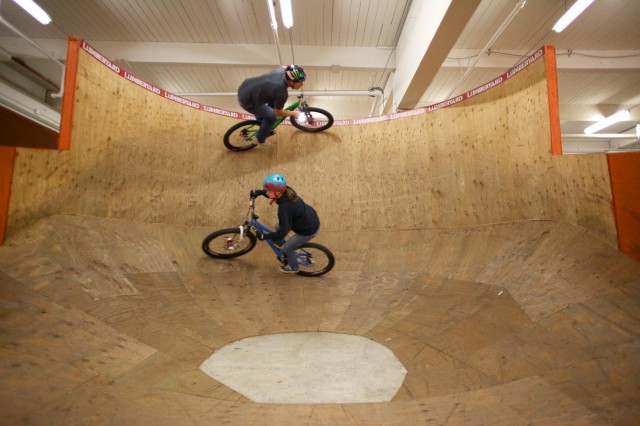
Professionals test what has been achieved.
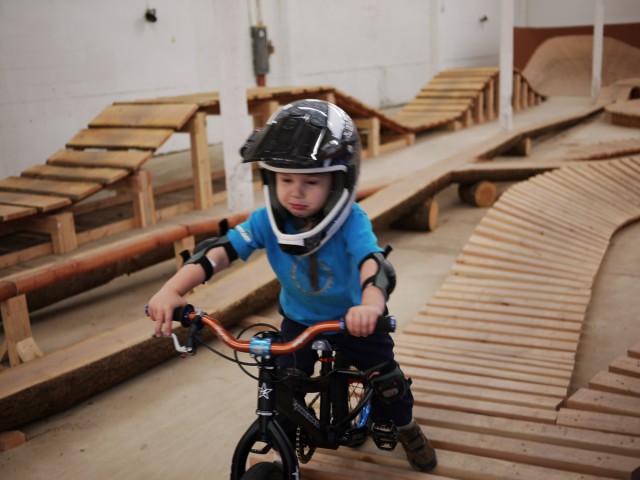
Young riders
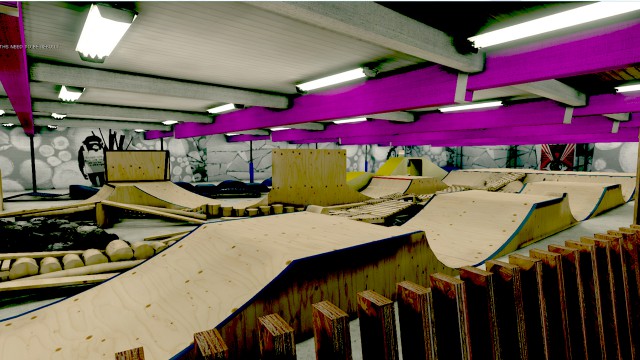
Computer model of a velodrome

Part of the velodrome, for beginners.

Endless succession of ramps and jumps.
 info@velo.bike
info@velo.bike